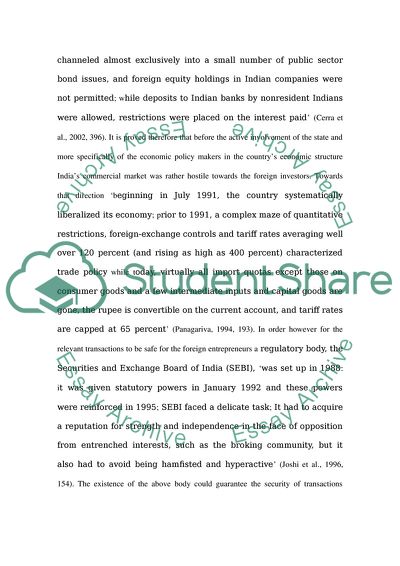Cite this document
(Impact of Financial Reform upon the Bombay Stock Exchange Essay, n.d.)
Impact of Financial Reform upon the Bombay Stock Exchange Essay. https://studentshare.org/finance-accounting/1706031-what-impact-has-financial-reforms-in-india-had-upon-the-bombay-stock-exchange
Impact of Financial Reform upon the Bombay Stock Exchange Essay. https://studentshare.org/finance-accounting/1706031-what-impact-has-financial-reforms-in-india-had-upon-the-bombay-stock-exchange
(Impact of Financial Reform Upon the Bombay Stock Exchange Essay)
Impact of Financial Reform Upon the Bombay Stock Exchange Essay. https://studentshare.org/finance-accounting/1706031-what-impact-has-financial-reforms-in-india-had-upon-the-bombay-stock-exchange.
Impact of Financial Reform Upon the Bombay Stock Exchange Essay. https://studentshare.org/finance-accounting/1706031-what-impact-has-financial-reforms-in-india-had-upon-the-bombay-stock-exchange.
“Impact of Financial Reform Upon the Bombay Stock Exchange Essay”. https://studentshare.org/finance-accounting/1706031-what-impact-has-financial-reforms-in-india-had-upon-the-bombay-stock-exchange.


